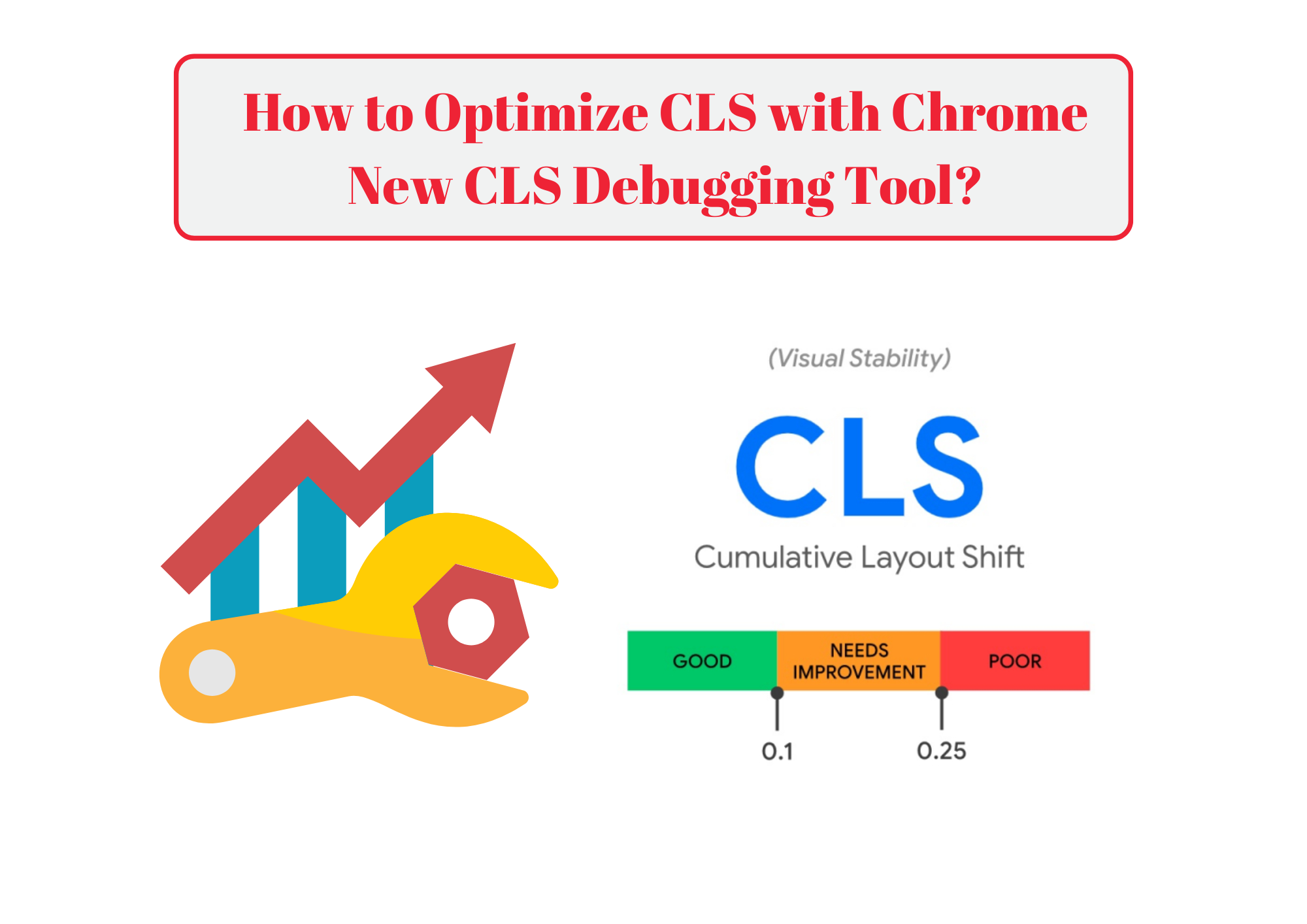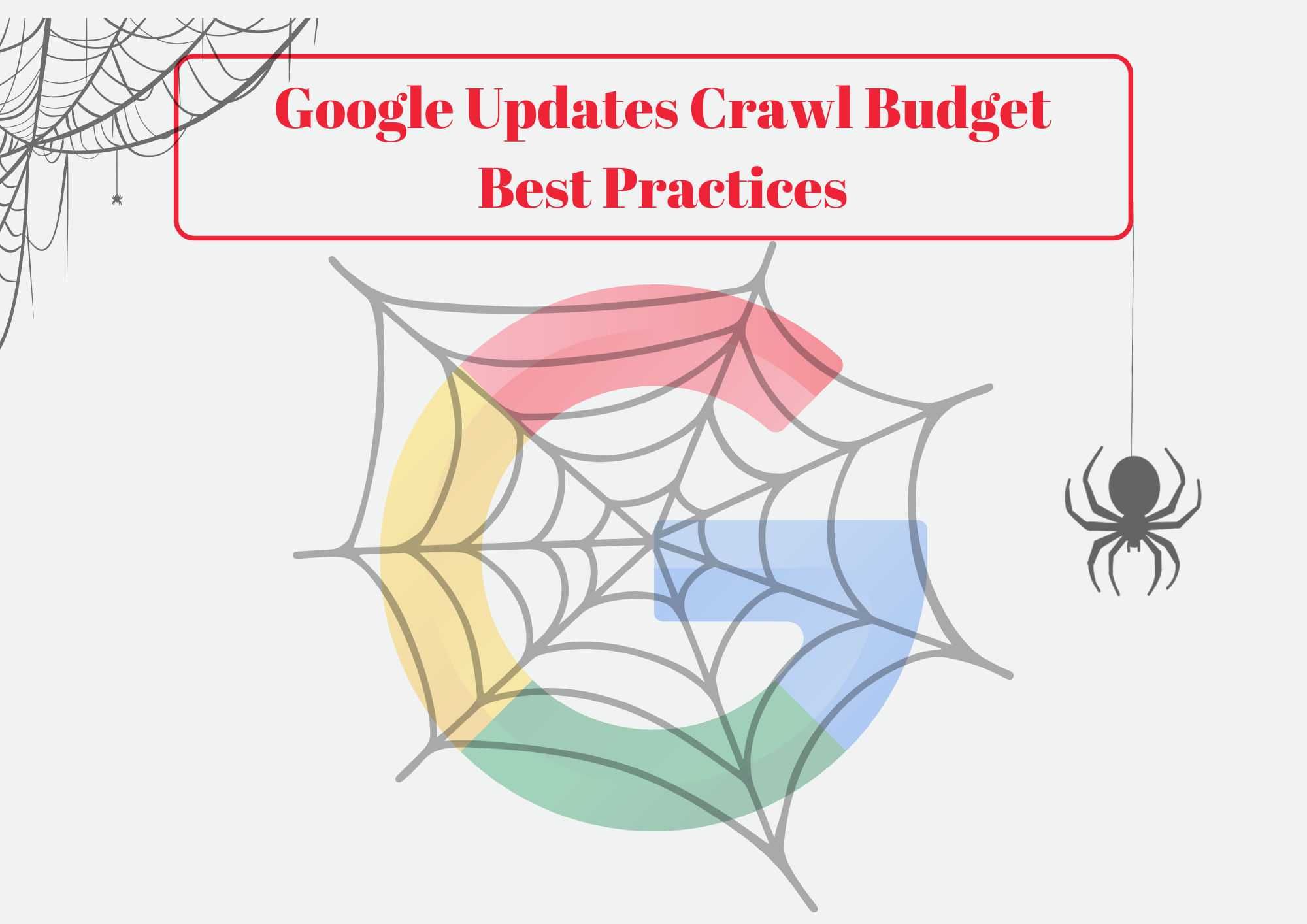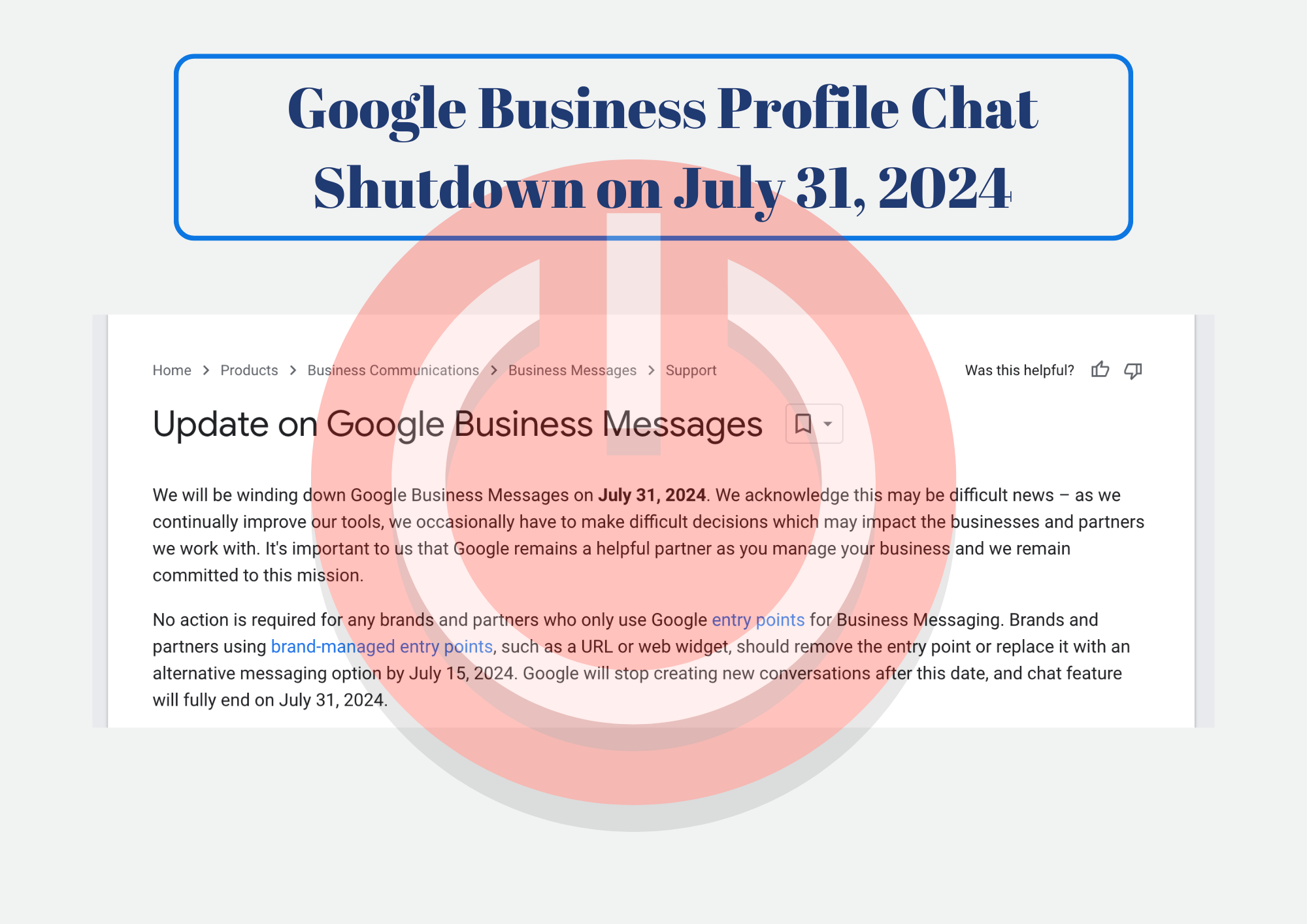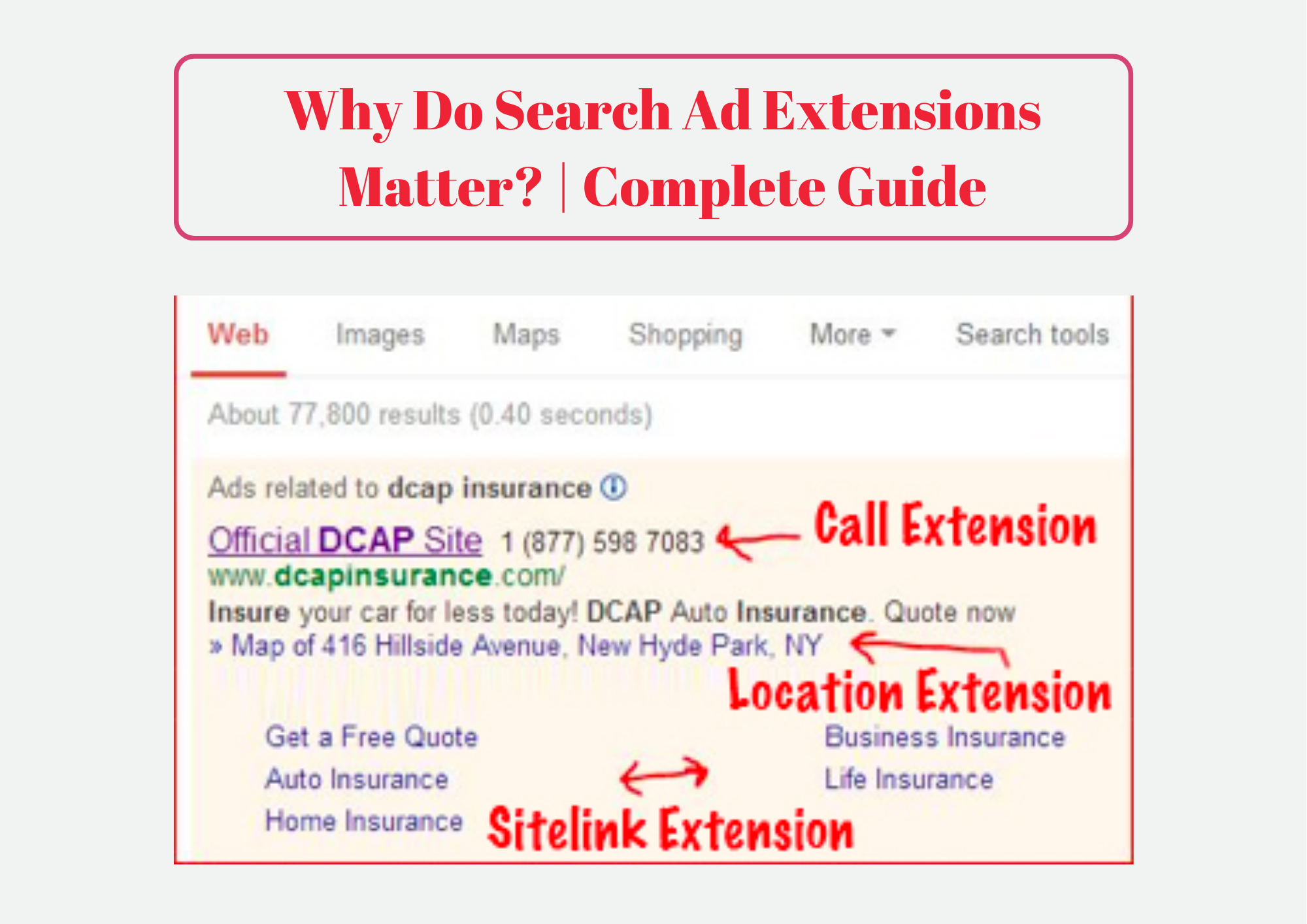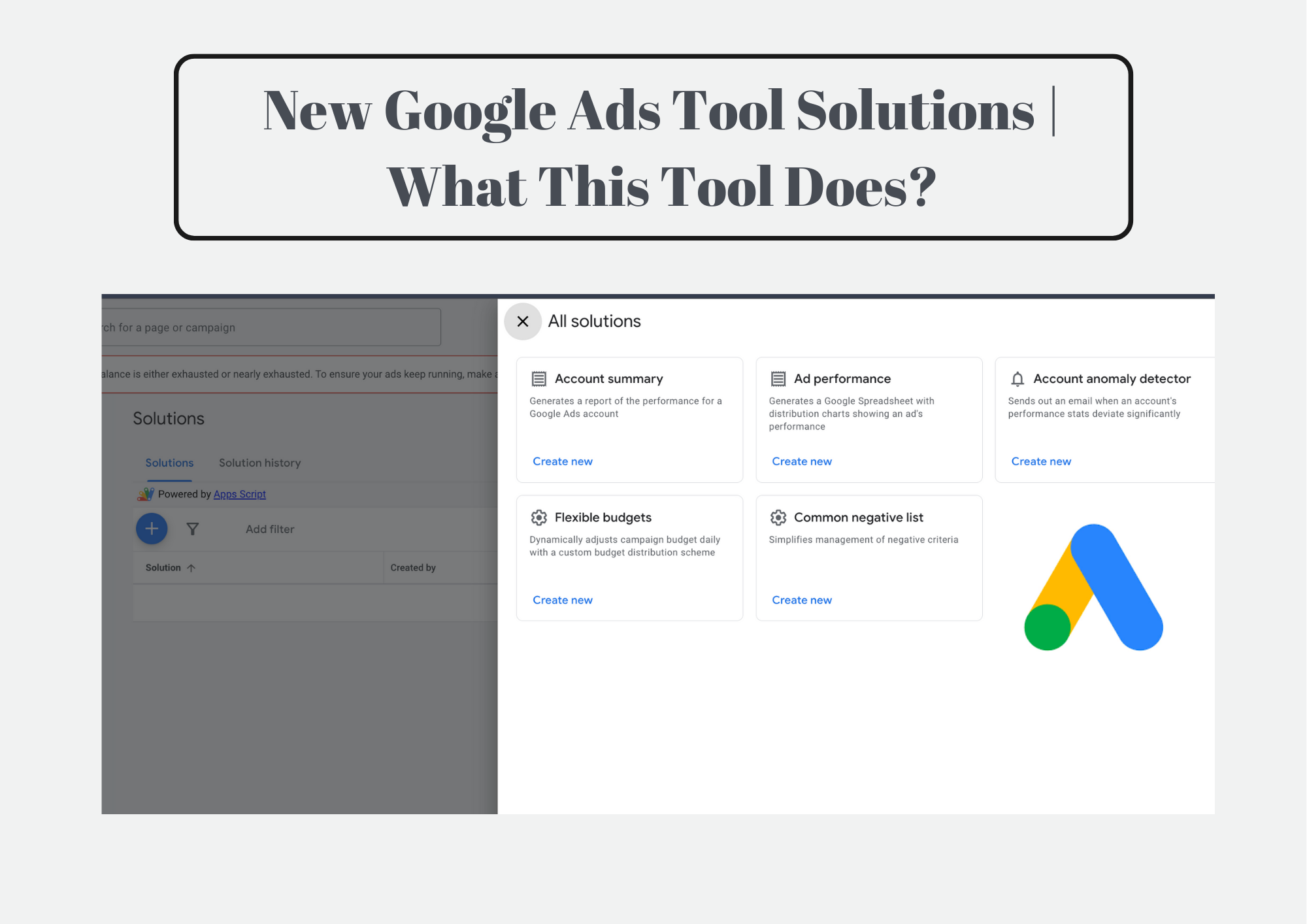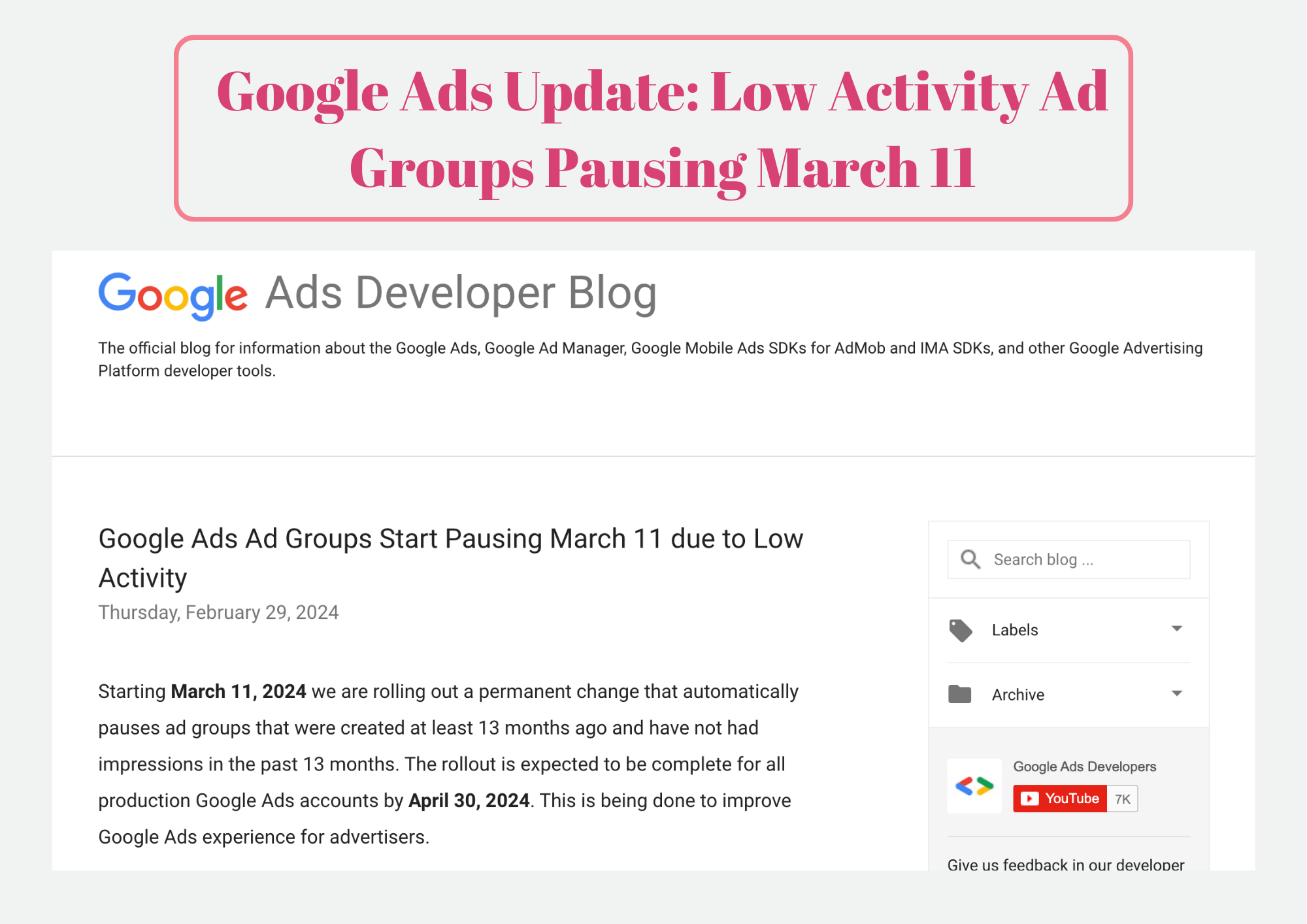
In a significant update from Google, advertisers are being alerted to an upcoming change in Google Ads management: starting March 11, low activity ad groups will begin to be automatically paused. This move is part of Google’s ongoing efforts to enhance ad performance and budget efficiency for its users.
Quick Hits: What You Need to Know
- Automatic Pausing of Low Activity Ad Groups: Starting March 11, Google Ads will begin automatically pausing ad groups that exhibit low activity as part of its efforts to optimize ad performance and budget efficiency.
- Proactive Ad Group Management Required: Advertisers must actively manage their ad groups to prevent them from being paused due to inactivity, focusing on maintaining high engagement and performance.
- Strategies for Maintaining Active Ad Groups: Regular review and adjustment of ad campaigns, creating engaging ad content, and utilizing Google Ads’ automation tools are essential strategies to keep ad groups active.
- Adaptation to Policy Changes: Understanding and adapting to these changes is crucial for advertisers to ensure their ad campaigns remain visible and effective, thereby maximizing their advertising budget.
Low Activity Ad Groups Pausing March 11


Google has announced a policy update that will automatically pause ad groups within Google Ads accounts that show low activity over a certain period. This change is set to take effect on March 11, marking a pivotal shift in how ad performance is managed on the platform. The initiative aims to streamline ad campaigns and focus resources on high-performing groups.
Reasons Behind the Change
The rationale behind this update is clear: Google aims to optimize advertising budgets by eliminating wasteful spending on underperforming low activity ad groups. By focusing on active and engaging ad groups, advertisers can expect to see an improvement in overall campaign efficiency and effectiveness.
Impact on Advertisers
For advertisers, this update necessitates a proactive approach to ad group management. The key to avoiding automatic pausing lies in maintaining active engagement and performance metrics. Advertisers must now be more vigilant in monitoring their ad groups’ activity levels and be ready to adjust strategies to ensure continuous activity.
Key Takeaways
Proactive Management Required: Advertisers need to actively manage their ad groups to prevent pausing due to inactivity.
Focus on High-Performing Ad Groups: Concentrating efforts on engaging and effective ad groups will become increasingly important.
Adaptation is Key: Adapting to these changes is crucial for maintaining ad visibility and effectiveness.
How to Ensure Your Ad Groups Remain Active
To keep your ad groups from being paused, consider implementing the following strategies:
Regular Review and Adjustment: Monitor performance metrics closely and adjust your strategies based on data-driven insights.
Engage Your Audience: Create compelling and relevant ad content that resonates with your target audience to ensure higher engagement rates.
Utilize Automation and Scheduling: Take advantage of Google Ads’ automation tools to optimize ad performance and scheduling, keeping your campaigns active even when you’re not manually managing them.
Our Verdict
With low activity ad groups being paused, this Google Ads update represents a significant shift in how ad activity is managed, with a clear focus on enhancing efficiency and effectiveness. By understanding these changes and adapting strategies accordingly, advertisers can navigate this new landscape successfully, ensuring their ad groups remain active and perform at their best.
